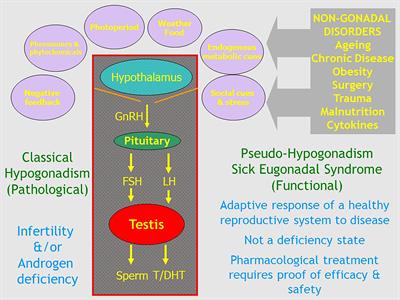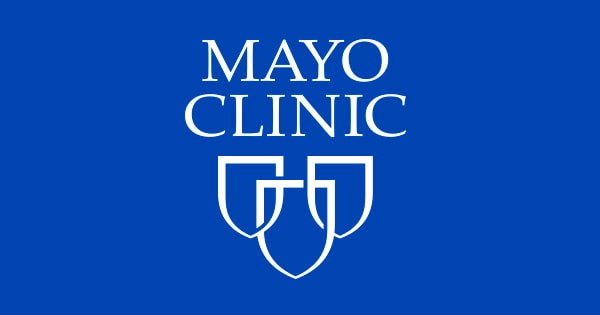GreenMachineX
Well-Known Member
I think I'm doing pretty well going on 4 weeks of 4-5mg test cyp daily. I'll test in a couple more weeks to verify. But his suggestions are insane.View attachment 21660
I have to chuckle every time I read this. I'm seeing peak daily TT of 700 ng/dL on 4.4 mg/day, with SHBG ~30 nMol/L. Castration? I think not.



























